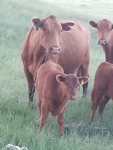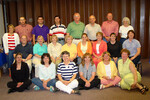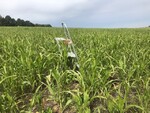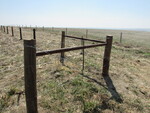Posted date: Feb 13, 2017
by: Jason Padgett
2068 Views
Only to have those hopes dashed when the funding was denied to every community which applied. This setback frustrated everyone, and it seemed that our plans for fiber-to-the-home would need to be put aside, perhaps indefinitely.
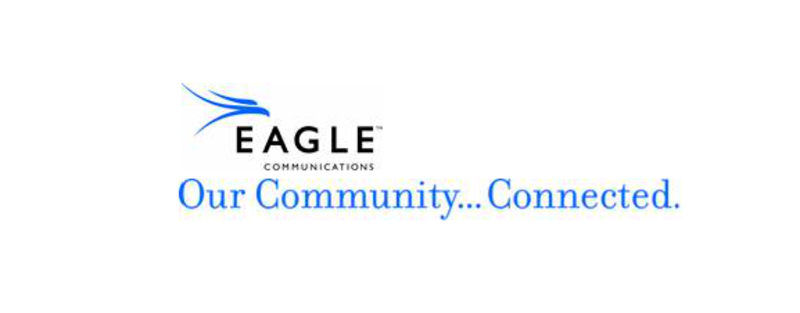
But the talks have resumed, the St. Francis Internet Committee have been working with Travis Kohlrus at Eagle Communications to find a way to make this plan a reality. Through our talks, we are gaining some insight to what this system will look like, how much it will cost, and when we, as customers, can expect to use this fiber service.
At this point in the process the details are not set in stone and may change at anytime, but this is what we know so far:
- Fiber-optic lines will be run in to town, overhead, using existing poles, running along existing cable television and power lines. Fiber will run to a hub, generally located in each alleyway. When a customer requests internet service, an installing technician will install a fiber line from the hub in the alley to an ONT box on the service address building. The ONT unit is the modem for that service address. In building networking, such as your router, will be connected to the ONT through a network cable (CAT6).
- It is estimated that the installation fee will run $50, which along with the first month’s internet fee, would be due at the time of installation.
- The exact boundaries of the service area have not been specified, but will roughly be St. Francis city limits. The actual boundaries are still in discussion.
- The estimated monthly fees for internet are: (MB down / MB up for $price), 25/5 for $50, 50/10 for $80, 100/20 for $110, 250/50 for $180, and 1 GB/100 for $280.
- We have asked about the possibility of Eagle Communications buying out an existing contract a customer may have with another provider in order draw more initial customers to the fiber service, and although it had been discussed within Eagle, they were not willing to commit to the idea. It will need to be discussed further.
Locally, the St. Francis Internet Committee is staying in contact with Travis, discussing details and preparing information needed by the community to understand the events that lie ahead.
Travis at Eagle Communications is working with their bankers, finding a way to make this happen. There are a couple of other projects they are working on in addition to St. Francis, but Travis has stated that he is 90% sure the funding for the St. Francis project will be allocated in their budget. Once the money is secured, the project will be organized, and once started, the fiber-optics installation in St. Francis is expected to take 3 – 4 months.
To make this project worth the cost for Eagle Communications, it is important to establish an initial base of at least 320 customers. This number is a composite of approx. 110 current Eagle internet customers who currently use an over-the-air canopy to connect to the internet; these customers will be converted to a fiber connection. The remaining 210 customers will need to be new. Eagle Communications is developing a webpage which will be designed to supply consumers with information about the service and allow new customers to sign up for the future fiber system. Because it will take time to run the new lines through the town and connect customers to those lines, it will be recommended each customer sign up early. Not only will this give Eagle a good idea of its initial customer base, but it will get your connection higher on the wait list, which may be a long list in the beginning.
On Monday the 13th, the St. Francis Internet Committee met with the St. Francis City Counsel to discuss the proposed fiber install, and the City Counsel seemed excited to have a faster, more reliable, and reasonably priced internet option in our community. Eventually, the Internet Committee will be pushing for sign ups for this new service, possibly having locations where someone will be available to help you sign up, they will have more information if you have questions, and will be continually posting in the paper and on social-media.
The hope of having usable, even competitive, internet speeds has not been lost. The St. Francis Internet Committee has found that Eagle Communications have not given up on the idea of providing faster, more reliable internet service to St. Francis, and through the hard work of all those at Eagle Communications, the detailed questions and organizing from the St. Francis Internet Committee, and the support of the St. Francis community through signing up for the new service, we as a community may soon have an internet service which provides the bandwidth needed to stay connected to the ever-expanding, faster world around us.



